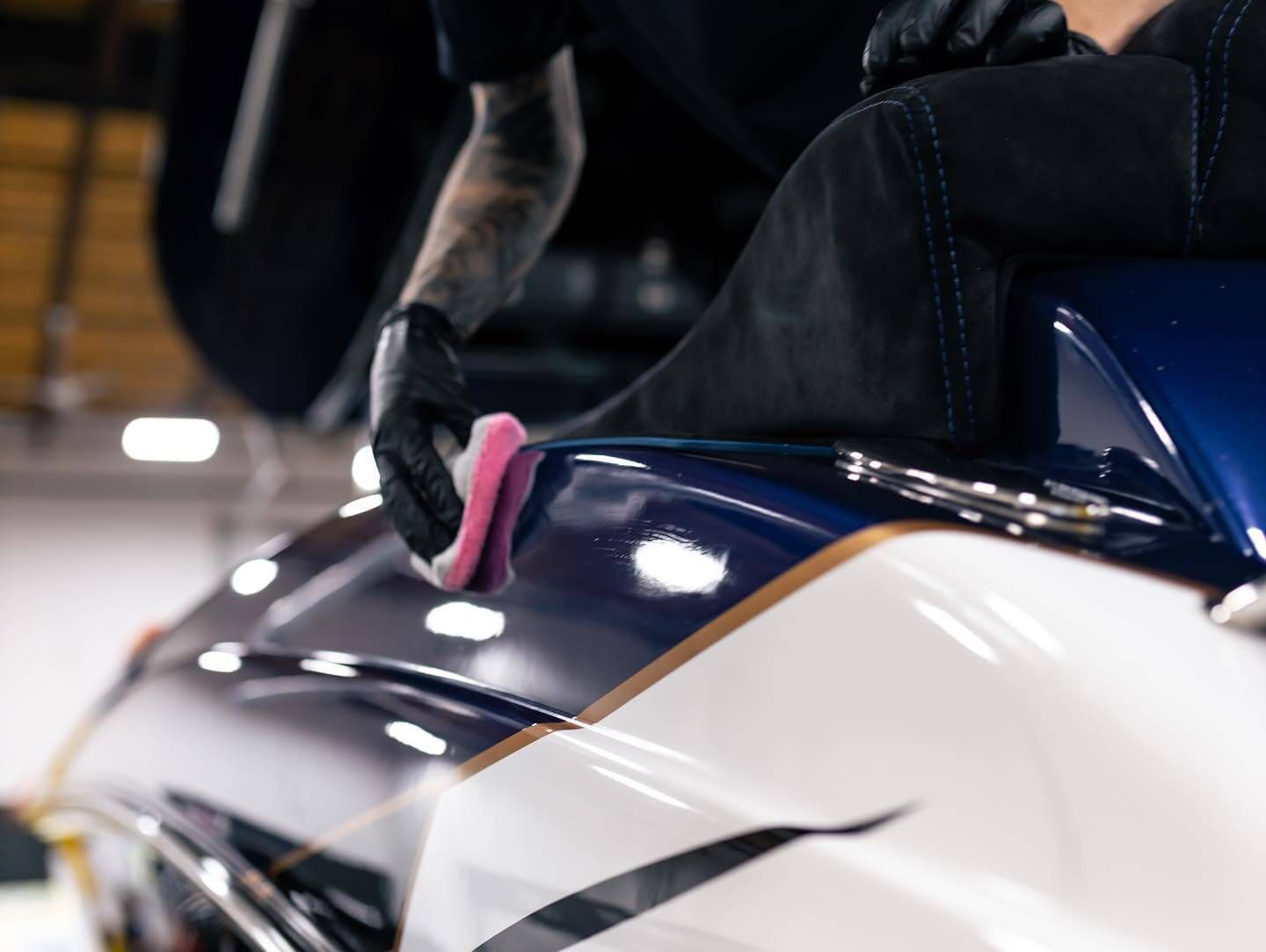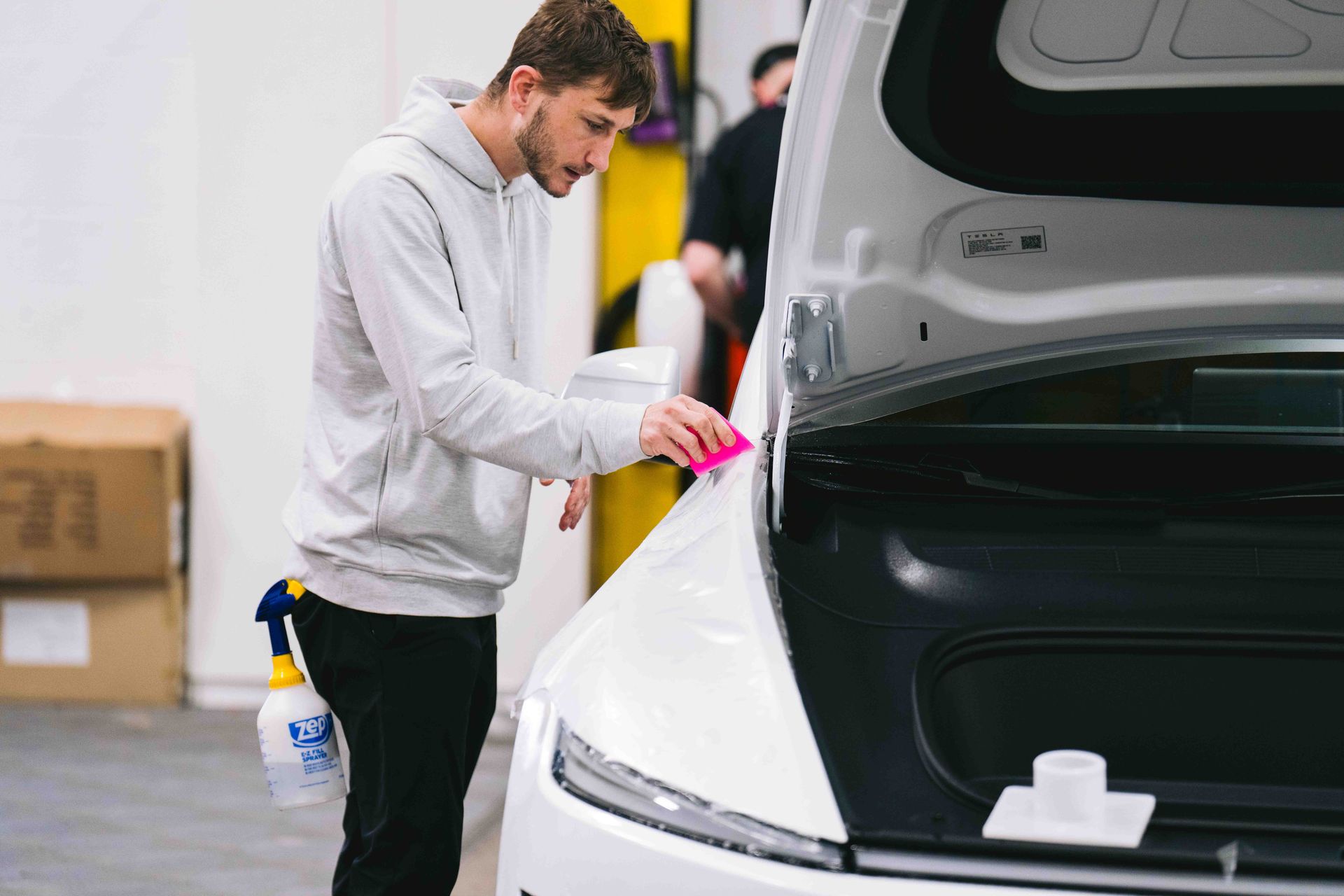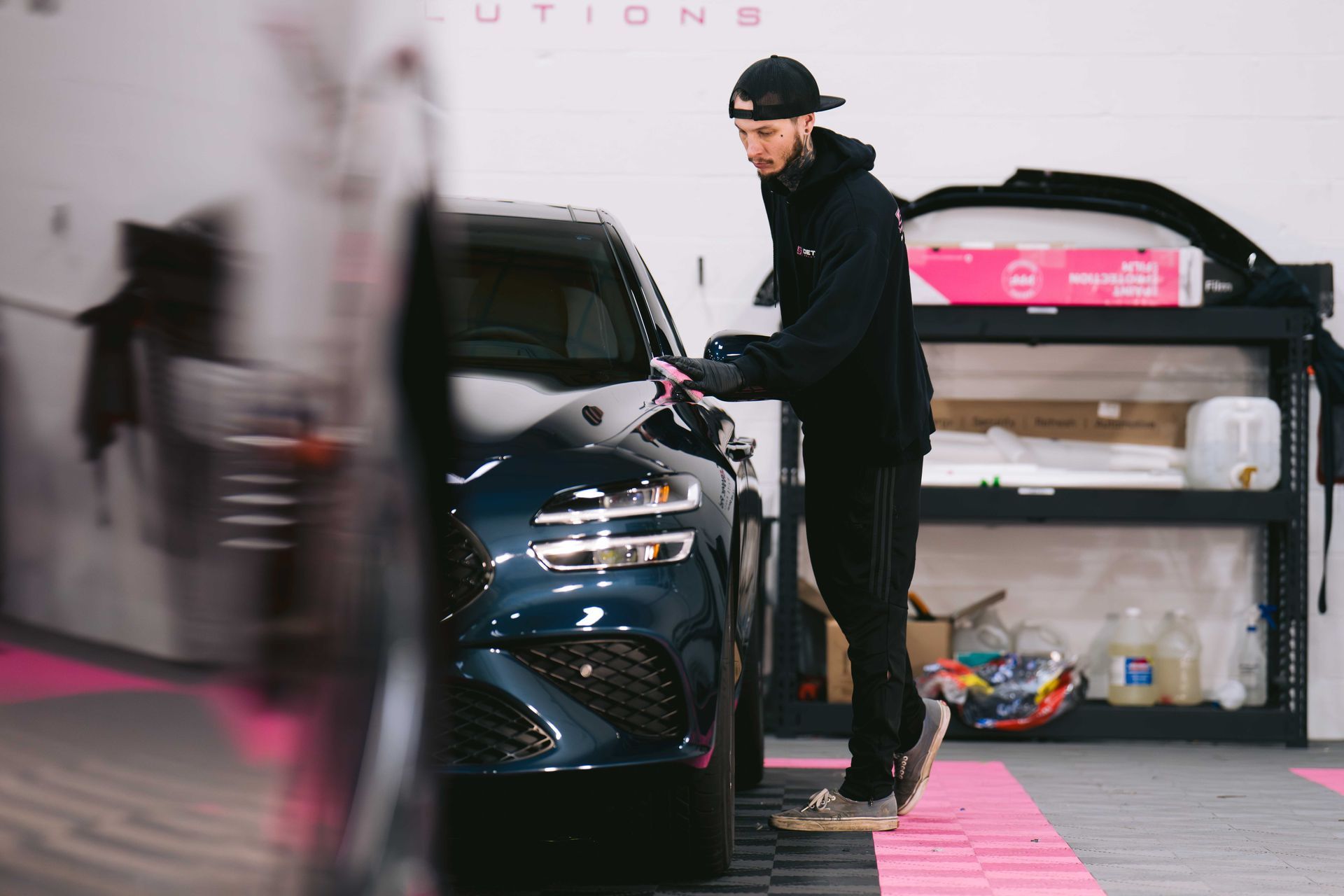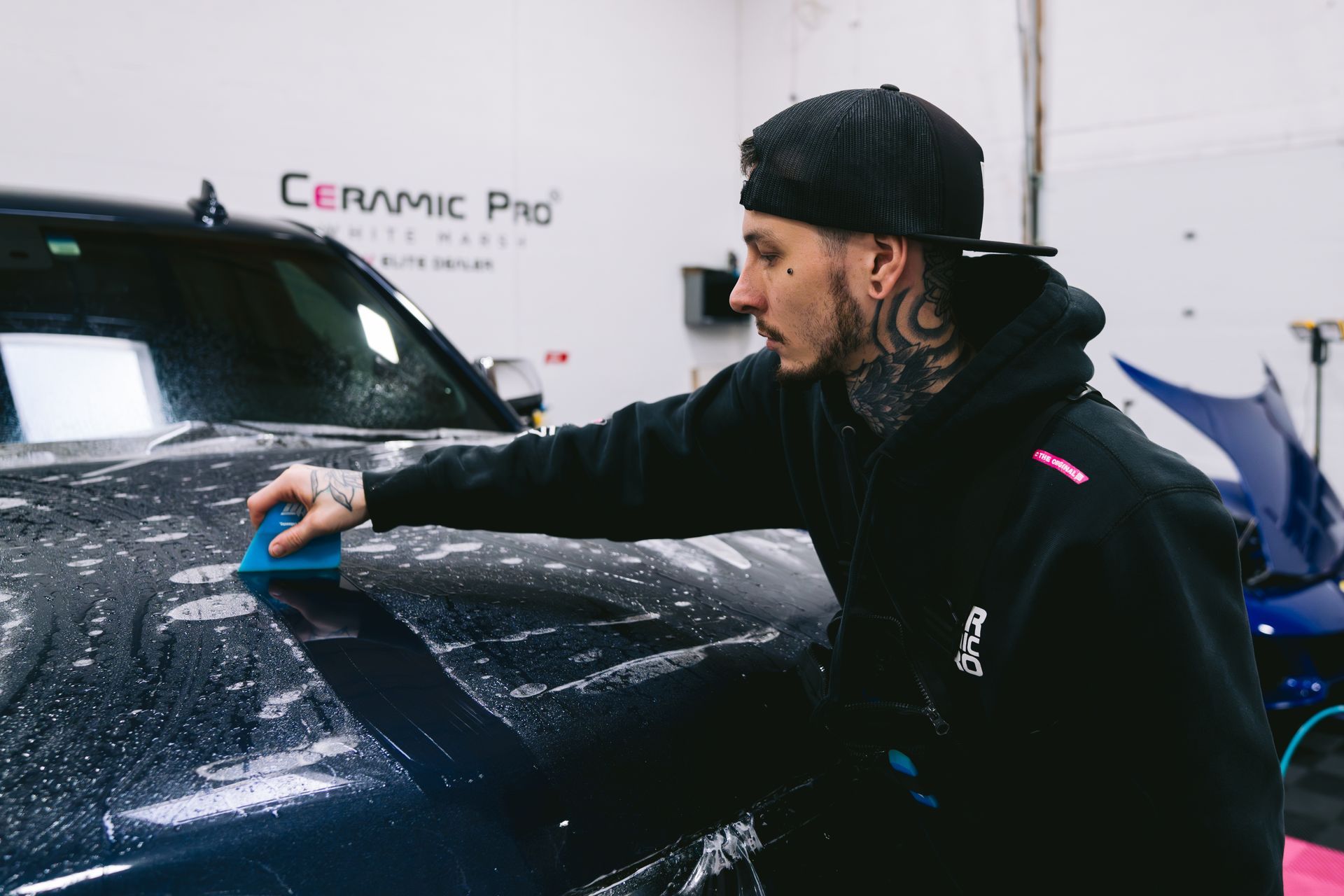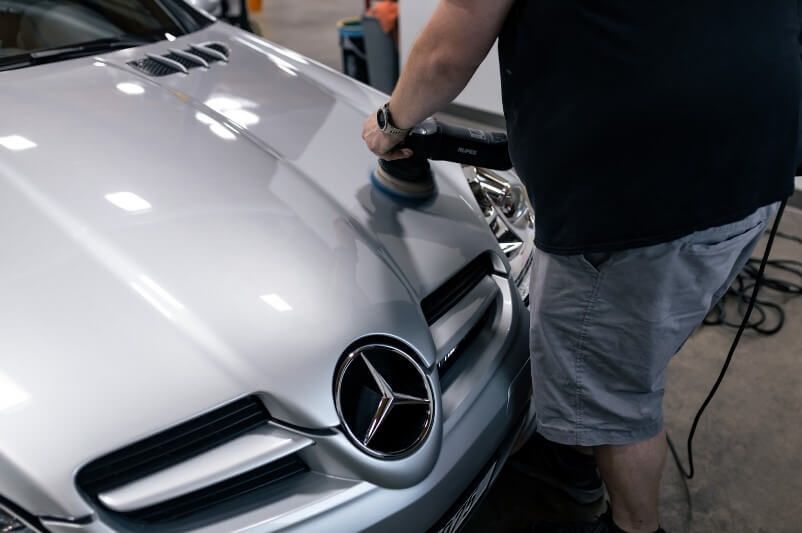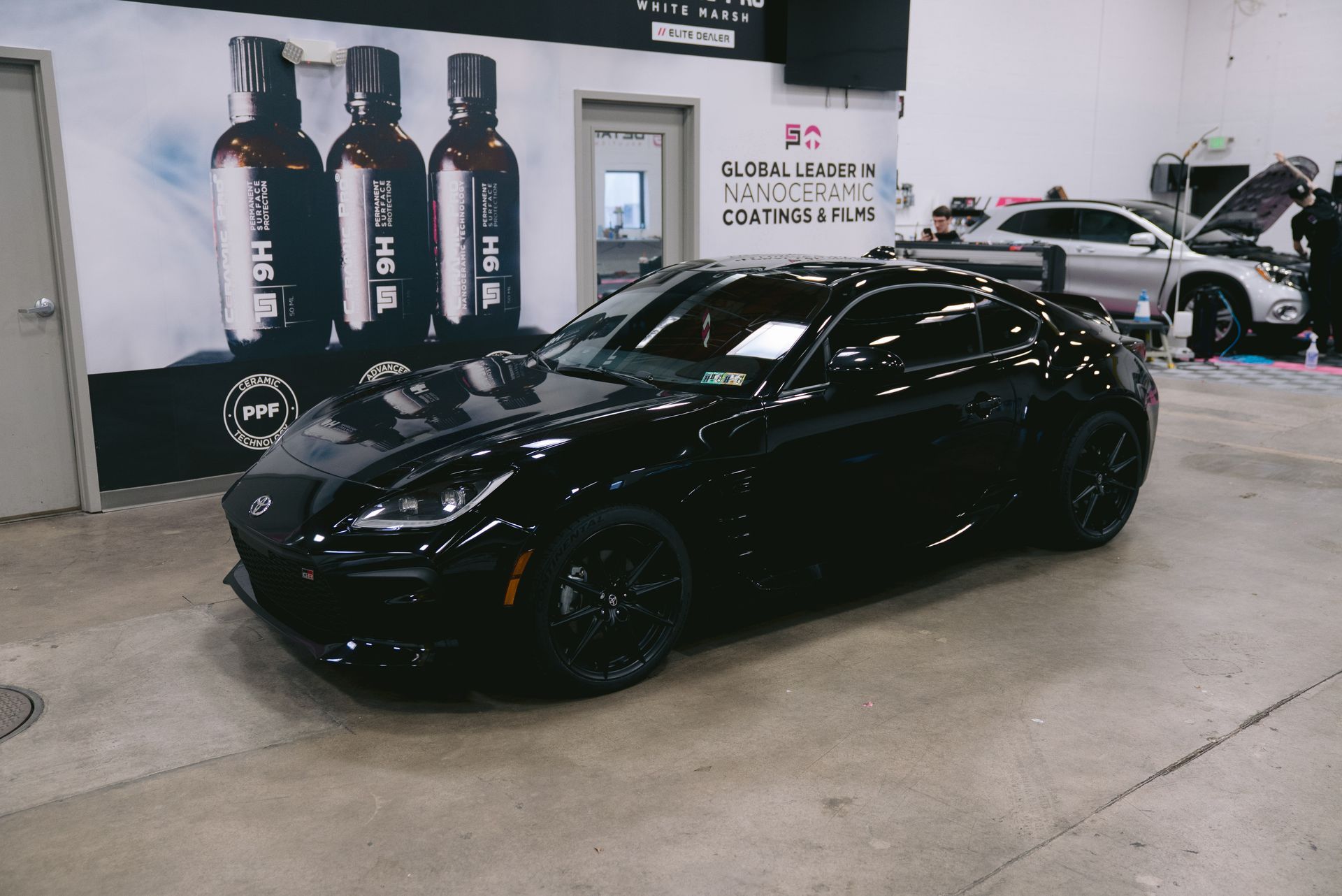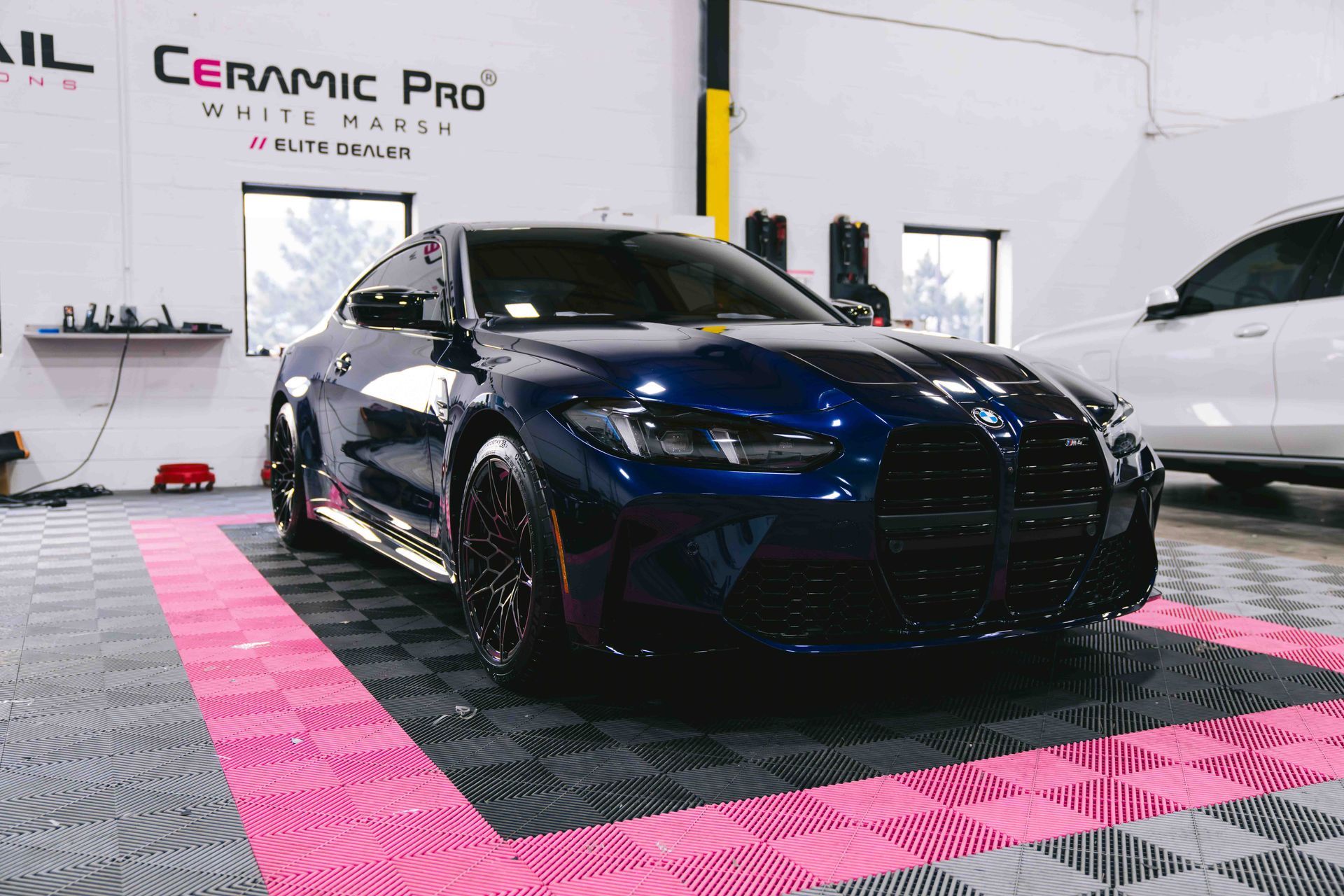You probably spend a lot of time in your car on the road, like many Baltimore drivers. As a result, it is only natural that you maintain and clean your car on a regular basis. When performing maintenance on your vehicle, you may overlook the interior surfaces. If this is the case, your driving experience will be less enjoyable than it would be if you took interior upkeep seriously.
It would be beneficial to have your car detailed a few times a year to keep it looking great. Interior and exterior detailing, as well as preventive maintenance, will improve your driving experience and keep your vehicle in excellent condition.
What is Interior Car Detailing?
Interior car detailing is concerned with the appearance of the vehicle on the inside. There is, however, more to auto detailing than meets the eye. To create a pleasurable driving experience, the interior of your car should be clean, fresh-smelling, and hygienic.
So, interior detailing entails a thorough cleaning to sanitize inner surfaces and achieve a germ-free finish. Preparation, a standardized process, and hard work are required. Interior car detailing is the process of cleaning the interior components of a vehicle. These include natural fibers, carbon fiber plastics, vinyl, leather seats, and other surfaces.
The cleaning process involves methods such as steam-cleaning and vacuuming. Also, it includes cleaning around controls and buttons, the center console, and the door jambs.
Purpose of Professional Auto Detailing
The goal of professional car detailing is to protect the interior of a vehicle and keep it looking new for a longer period of time. Simply cleaning the inside surfaces is insufficient. Interior car detailing is essential for making your car look brand new.
Professional vehicle detailing operators can make your vehicle look like it just left the manufacturer or dealership, whether it's new or used.
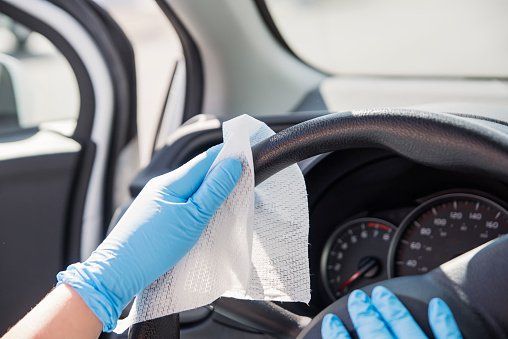
Standard Car Detailing Process
Interior detailing can be done in a variety of ways, depending on the services provided by the detailer. A standard auto detail, on the other hand, includes the following:
· Vacuuming trunk, shelf, rear cargo space, air vents, headliners, upholstery, and hard-to-reach areas to get rid of loose dirt, dust, and other debris.
· Brushing and steam cleaning to remove contaminants, embedded pet hair, and stains from carpets and floor mats.
· Glass cleaning.
· Leather cleaning.
· Re-vacuuming.
· Wiping the windows and dashboard using a cleaning agent.
· Perfuming and other detailing services.
Car Wash vs. Auto Detail
A car wash and auto detailing are important tasks that can help maintain the integrity of a vehicle. They are not, however, the same. A car wash removes surface-level dust, dirt, and debris from the interior and exterior of a vehicle. Some of these, however, can harm the car's paint integrity.
The auto details differ. It usually entails both machine and hand washing to provide a thorough cleaning of the interior and exterior.
Benefits of Car Detailing
Auto detailing has many benefits. Some of the reasons for having your car properly cleaned and detailed include:
1) Paint Correction and Preservation
Many factors can contribute to the dullness and swirl marks on your vehicle's paint. Fortunately, a vehicle detail can assist in removing debris that causes paint scratches. Detailers also use professional-grade wax to correct paint and add an extra layer of protection to prevent cracking, scratches, and excessive wear and tear.
2) It Is Cost Effective for the Car Owner
If you detail your car on a regular basis, it will retain its value if you decide to sell it in the future. Detailing is thus a cost-effective way to keep your car in a condition that will appeal to potential buyers.
3) Eliminates Odor
Interior detailing eliminates odors by removing grime and filth and applying an odor eliminator to foul odors. An air freshener, unlike an odor eliminator, is a temporary solution that removes unpleasant odors.
4) Protect Upholstery
If your car's windows are not tinted, sun damage can occur. UV rays can cause long-term damage to your car's interior fabrics and finishes. Keeping your car's interior clean will help protect the upholstery.
5) Stain Prevention and Removal
A vehicle's surfaces are made up of a variety of materials, including vinyl, leather, plastics, carpeting, and fabrics. When you detail your car on a regular basis, you can prevent and remove unsightly stains.
6) Increased Driving Safety
You will have difficulty seeing your surroundings while driving if debris is all over your vehicle's windshield, windows, and side mirrors. It is critical to clean these surfaces for improved visibility and overall safety.
7) Prevent Health Issues
When you get behind the wheel of your car, you are in a confined space. Even if you have an air filter, if your car is full of dust, dirt, and other pollutants, the air quality inside will be poor. Fortunately, by detailing your car, you can avoid allergies and other health problems associated with poor air quality.
Tips from a Professional Vehicle Detailer
- Shampoo your car every two weeks to maintain a clear coat of paint.
- Dry the paintwork using a microfiber towel.
- Get rid of swirl marks with polish instead of wax.
- Apply wax with a power buffer.
- Purchase a dual-action polisher.
Mobile Auto Detailing Services
Mobile detailing services are professional services that bring comprehensive vehicle details to your location. They are becoming increasingly popular among people who are willing to spend a little more for convenience and time savings.
Are You Looking for the Best Car Detailing Services in Baltimore, Maryland? Welcome to Detail Solutions
External and internal damage to your vehicle can occur at any time and in any location. Because of its exposure to multiple threats, the exterior of your car is more vulnerable. Acid rain and UV rays are two examples. So, once you've purchased a vehicle, protecting its exterior should be your top priority. That is where routine maintenance comes in.
Allow Detail Solutions to bring new life into your car, motorcycle, RV, or truck. We provide the highest quality protection and car detailing options as one of Baltimore's best auto detailing services. Ceramic coatings, tire dressing, paint protection film, paint sealant, and other exterior detailing services are among the services we provide. To schedule a free estimate, call (410) 238-3000 today.

